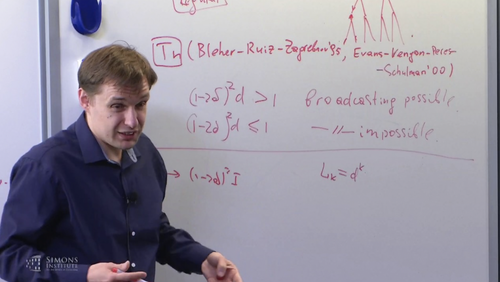Sending Clearer Signals

Today, people carry around a smartphone and maybe a couple smart devices. Whenever you watch a video on your smartphone, for example, a nearby cell tower assigns you an exclusive chunk of the wireless spectrum for a certain time. It does so for everyone, making sure the data never collide. The number IoT devices is expected to explode, however. People may carry dozens of smart devices; all delivered packages may have tracking sensors; and smart cities may implement thousands of connected sensors in their infrastructure. Current systems can’t divvy up the spectrum effectively to stop data from colliding. That will slow down transmission speeds and make our devices consume much more energy in sending and resending data.

“There may soon be a hundred-fold explosion of devices connected to the internet, which is going to clog the spectrum, and there will be no way to ensure interference-free transmission. Entirely new access approaches will be needed,” Professor Yury Polyanskiy says. “It’s the most exciting thing I’m working on, and it’s surprising that no one is talking much about it.” In collaboration with other MIT researchers, Polyanskiy’s group now focuses on finding ways to split up the spectrum in the coming IoT age. So far, his group has mathematically proven that the systems in use today do not have the capabilities and energy to do so. They have also shown what types of alternative transmission systems will and won’t work.
For more information, please click here.
